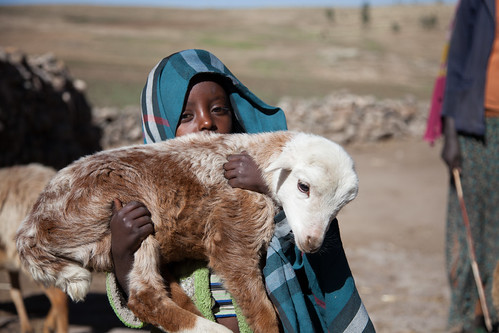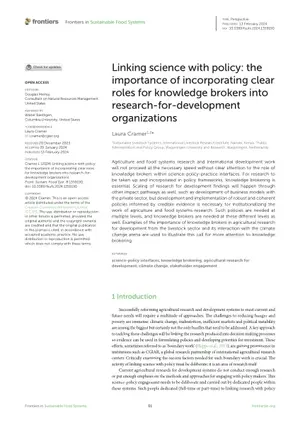
Livestock key to ending poverty and hunger in developing countries

A child holds a newly born family lamb in Ethiopia (photo credit: ILRI\Zerihun Sewunet).
At a recently held high-level United Nations meeting , several events on poverty and hunger featured the importance of livestock.
‘The key message of these sessions is that livestock’s potential for bolstering development lies in the sheer number of rural people who already depend on the sector for their livelihoods. These subsistence farmers also supply the bulk of livestock products in low-income countries. In fact, defying general perceptions, poor smallholders vastly outnumber large commercial operations.’
‘At the International Livestock Research Institute (ILRI), based in Nairobi, Kenya, we know that small-scale livestock farming can be the vehicle that puts families on the pathway out of poverty and out of danger when it comes to economic shocks.
Livestock policies that favour the poor have been shown to be effective in lifting families beyond mere subsistence, generating a ripple effect of benefits for them, their communities and even their countries.’
This is an excerpt from an article in the Los Angeles Times written by Steve Staal, leader of the Policies, Institutions and Livelihoods program at ILRI.
Read the full article A key component to ending poverty and hunger in developing countries? Livestock














